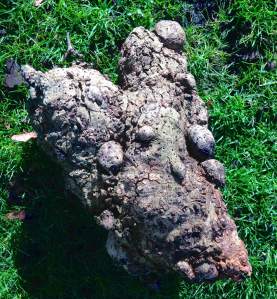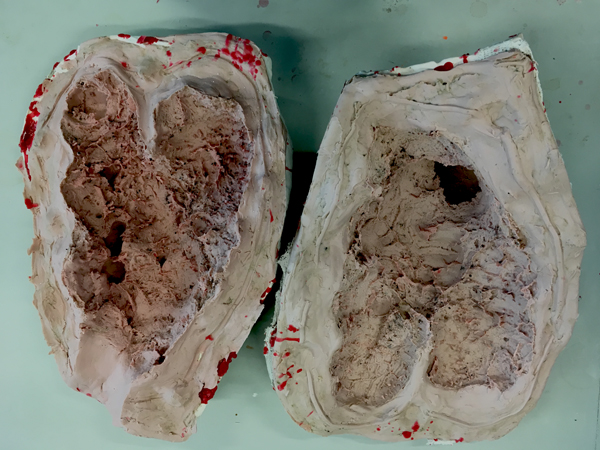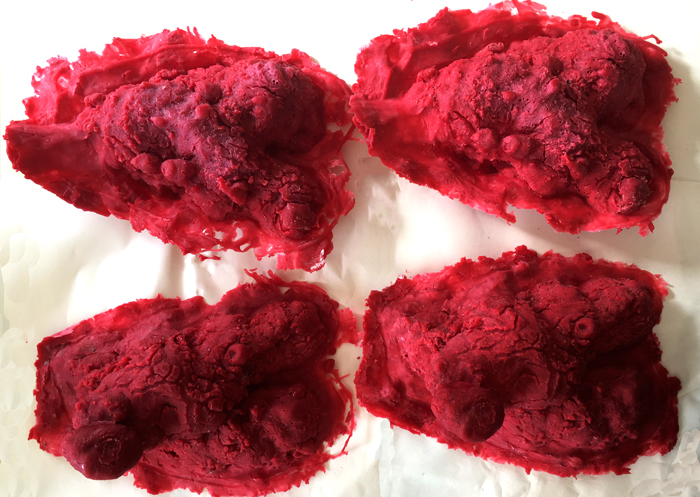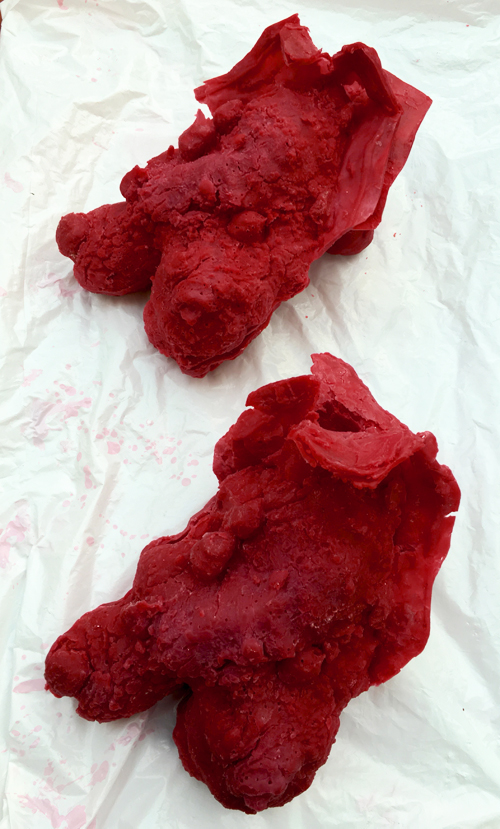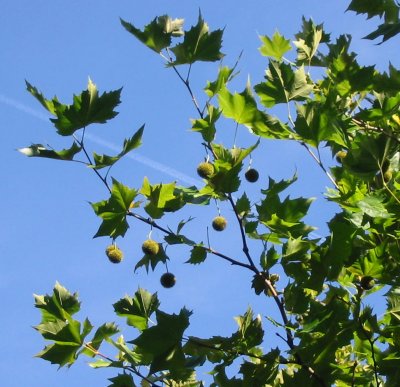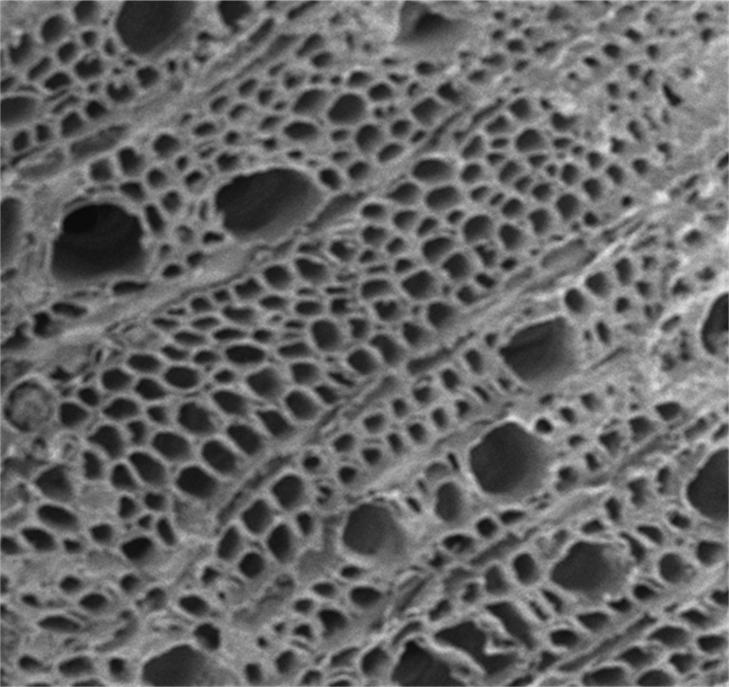The Plane Tree artworks are installed in both trees.

Close up photograph of one of the Plane Tree artworks.
An early sample programme from one of the plane trees uncovered some interesting irregular patterns in the cellular structure. As both trees are related and suffer from the same ongoing fungal infection contracted during their infancy this type of patterning is not unusual. See images below and David Taylor’s post on this topic.
As the premise behind the artworks created by Hassett was to focus on the connection between the two plane trees, Clodagh Dooley harvested some samples from the second plane tree so we could compare and contrast the cellular patterns between the two trees.
Hassett chose to make two replicas from one of the numerous large protruding nodules that form on the lower trunk. These nodules are regularly extruded from the tree as a result of the ongoing infection. Below are images taken of these nodules on the tree trunk.
To create these artworks a two piece mould was taken of one of the fallen nodules and wax was poured into the mould to make the artworks. See below a slide show of the many stages involved in the creation of the wax works.
Interest in microscopic imagery of the haphazard cell structures from both infected barks led to the artist to include a representative pattern of cellular ‘holes’ in both wax works. To highlight their connection Hassett used imagery from the right tree in the artwork designed for the left and visa versa for the artwork installed in the right tree. See below SEM imagery that is represented in the artworks.
In addition both wax pieces were deliberately installed opposite each other further heightening the connection and unique nature of these two trees. See images below.
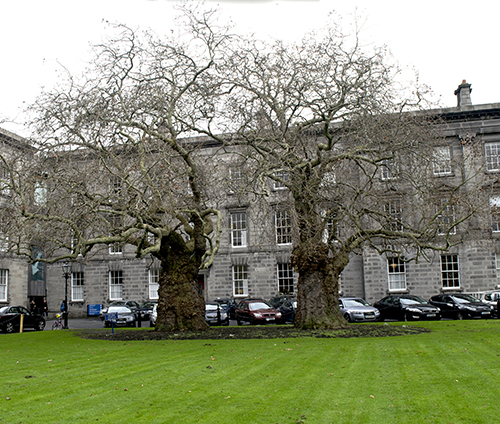

The artist chose wax as the material for this piece because of it’s ability to transform in response to environmental factors i.e. The heat of the sun will warp the shape and alter the imagery carved into the wax nodules as infection has altered the normal cell structure of these two trees.
Finally to follow is a slide show with images of the two final pieces installed in the trees.






